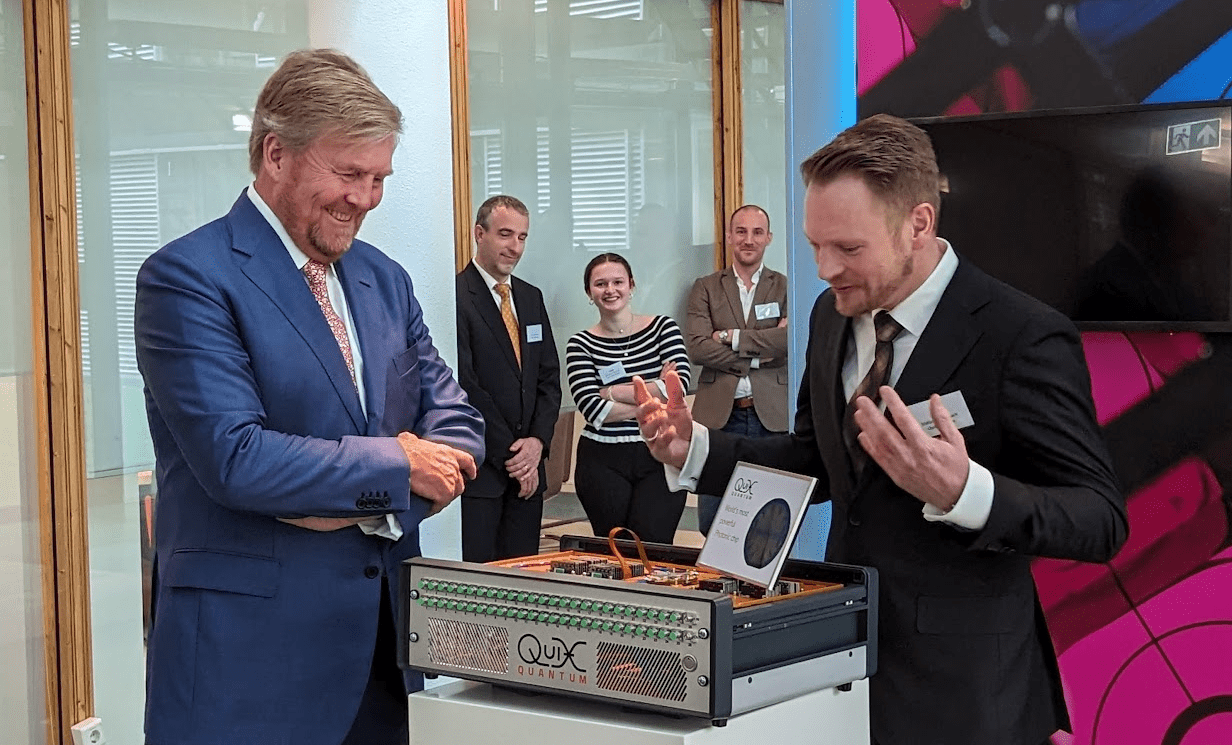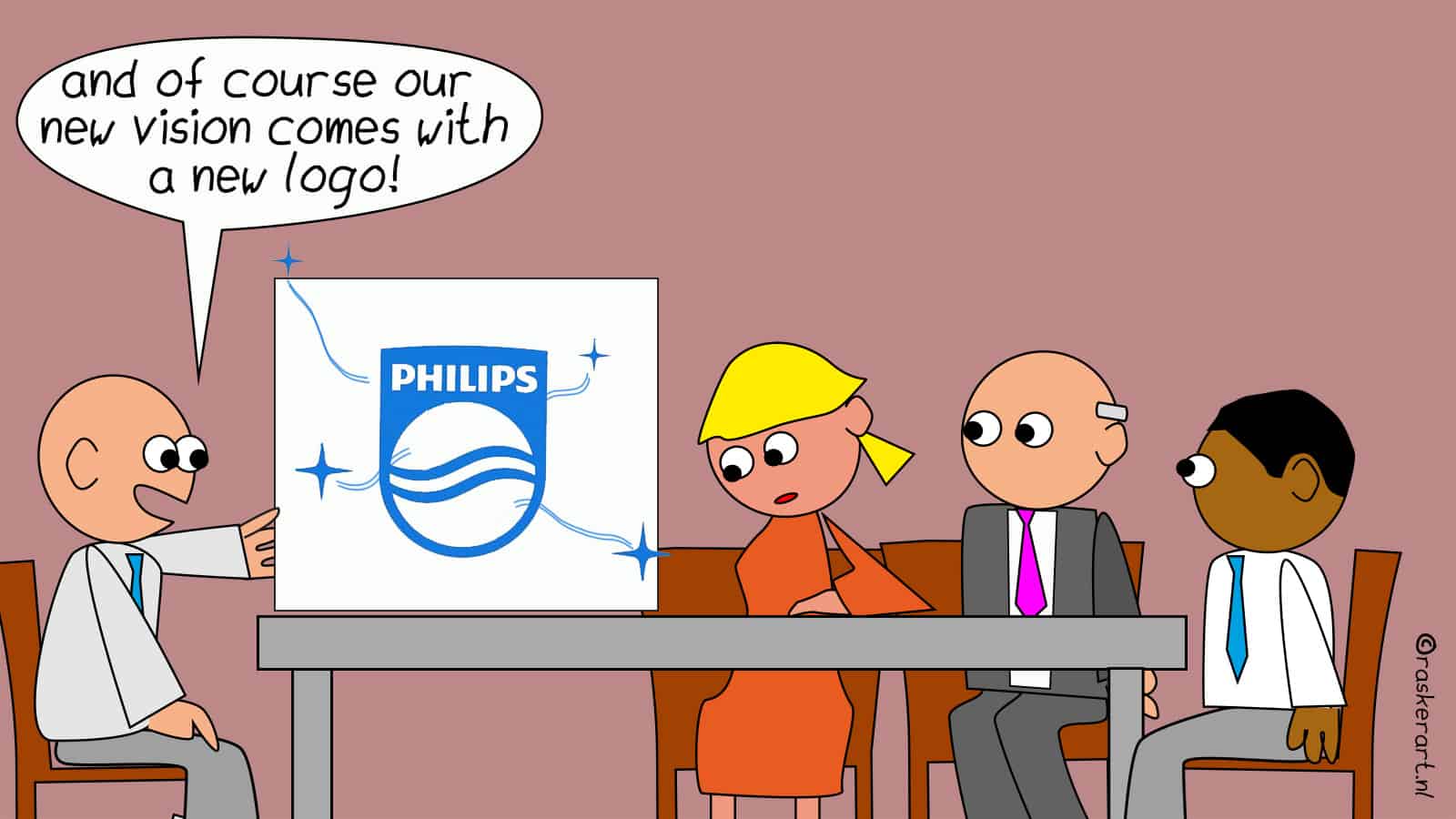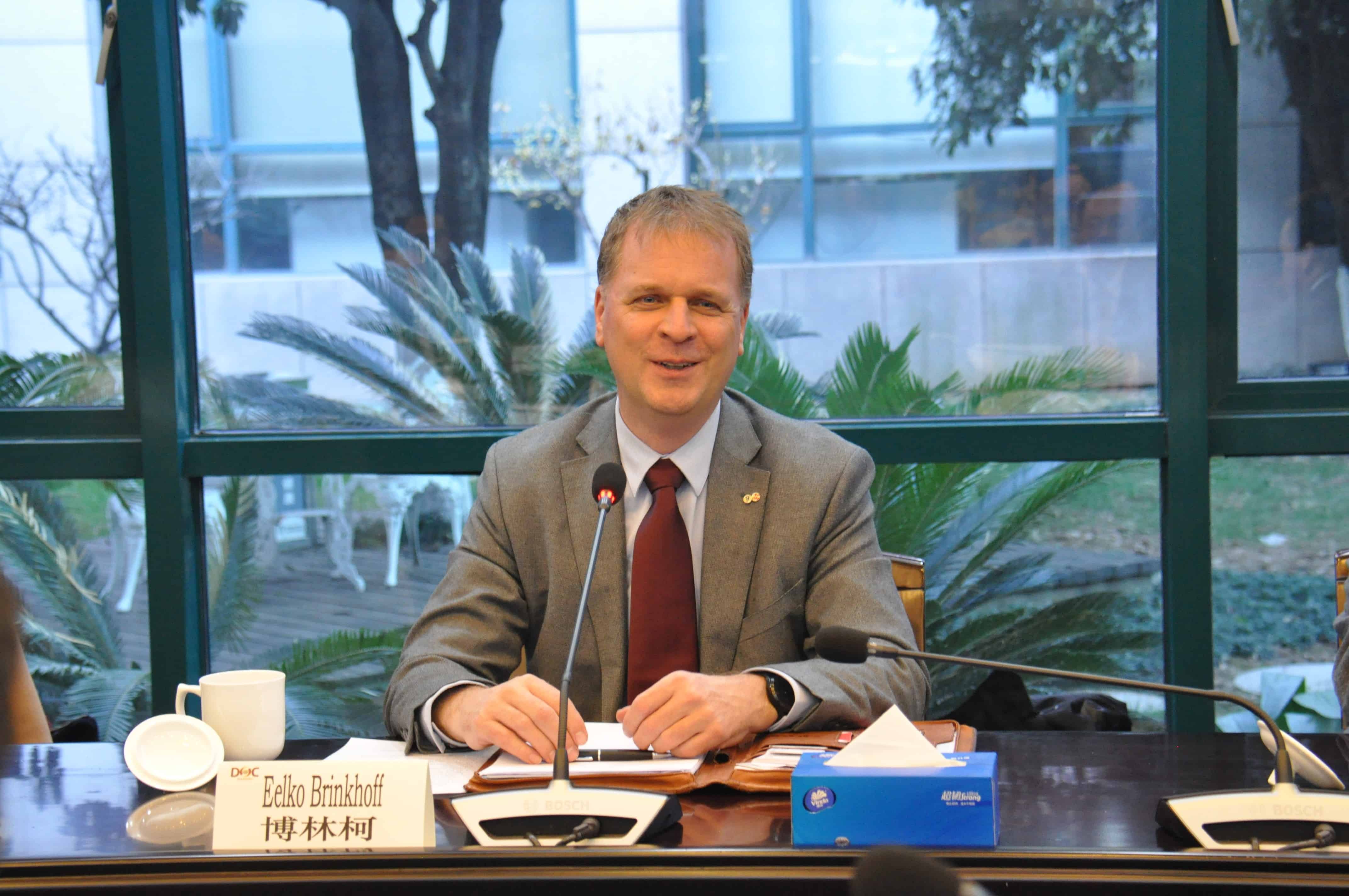
When Eelko Brinkhoff made his first official visit to Asia on behalf of BOM in 2002, he had no idea how often he would be boarding a plane for trips of this kind. Twenty years later, he has completely lost count – “at least more than fifty times and that’s only to the Far East” – which says everything about his enormous drive to bring Brabant into the picture of the rest of the world. This week, he bids farewell to the Brabant Development Agency (BOM) to start his new job as the CEO of PhotonDelta. Together with René Buck, we reflect on almost 25 years of focus on internationalization.
Why you should know
Eelko Brinkhoff’s departure from BOM marks the beginning of a new era. It is no longer so much about volume (getting as many new foreign branches to the Netherlands as possible) but much more about sharp focus. This is the result of technical and social developments. Eelko Brinkhoff and René Buck explain.
When Eelko Brinkhoff joined BOM, about twenty colleagues were working there. Now, there are almost a hundred. It says everything about the impetuous growth of the most active investor in the Netherlands. “When I started here, our position in relation to regional organizations such as Rewin, Midpoint Brabant, and NV Rede (now Brainport Development) was not as clear as today. Acquisition was not yet a separate task, and we regularly ran after the same leads. Gradually, that changed, especially because we could show that we were in it for the long term. The concept of Brabantstad, for which we received an award in 2004, also helped us. From waiting for the fax to rattle, we developed our organization to one that focused on proactive acquisition.”
World level
Something also happened to the province mentally during that period. From a beaten dog position that in the 1990s was no match for many other regions in the country, Brabant worked its way up to become a self-confident, proud, world-class player. “The growth of the High Tech Campus in Eindhoven and the arrival of Tesla in Tilburg played an important role,” Brinkhoff says. “For us, those were useful business cards that we regularly deployed worldwide; it provided the evidence to attract big international organizations to Brabant. This was especially true for the High Tech Campus. Looking back, about half of the parties we managed to entice this way actually ended up on the campus. Which is a good thing because it shows the strength of the complete ecosystem.”
In 2014, Brinkoff became the manager of the internationalization team – it was the beginning of a period of unprecedented growth. “Whereas we first tried to point out our position as ‘the gateway to Europe,’ from then on, with the help of the province, regional development companies like Brainport Development and Rewin, knowledge institutions, and campuses, we started showing in more detail what the business climate looked like in the various top sectors and parts of Brabant. Because of these strong sector propositions and our distinctive services, focused on the needs of individual clients, we managed to gain a much better relationship of trust.” The result was visible in BOM’s annual reports: more new companies and bigger names year after year.
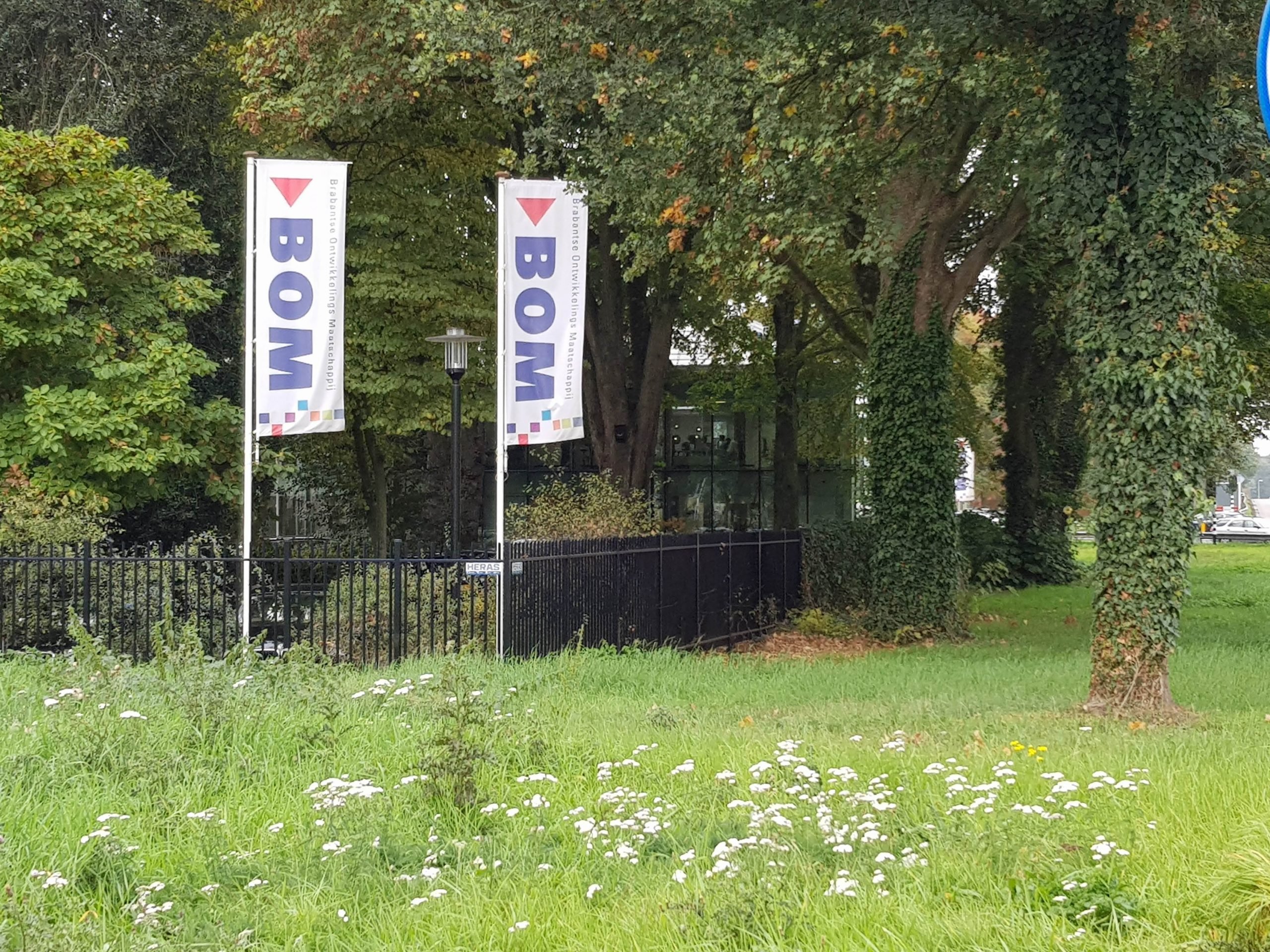
Still in the lead
Although the growth of the Brabant economy hardly faltered, there were some hitches. Space for expansion and new branches became more limited, nitrogen restrictions increased, a connection to the electricity grid became less obvious, and talent became scarce. “Not to mention the deteriorating fiscal climate in the Netherlands. The tax burden for businesses has increased considerably recently, and the rules for expats are being made more austere. All this together means that we have a weaker story internationally and will lose innovative companies as they gradually move their R&D elsewhere. This is also a crucial political issue; I hold my breath if the business climate continues deteriorating.”
Despite these developments, Brinkhoff cherishes the position Brabant still holds. “We should not allow ourselves to be talked into a problem; we are still leaders in key areas such as semicon, biobased materials, and photonics. Moreover, most new companies start small, and then, of course, opportunities remain. The current scarcity can also be seen as a luxury; it provides an additional opportunity to strengthen our focus even more.” Whereas in the past, the strategy was mainly focused on creating jobs and investments (volume), now the focus is on the added value of incoming foreign companies. “We are focusing here on companies that can contribute to the transitions in food, health, energy, or innovative technology and thus strengthen the innovative ecosystem in Brabant.”
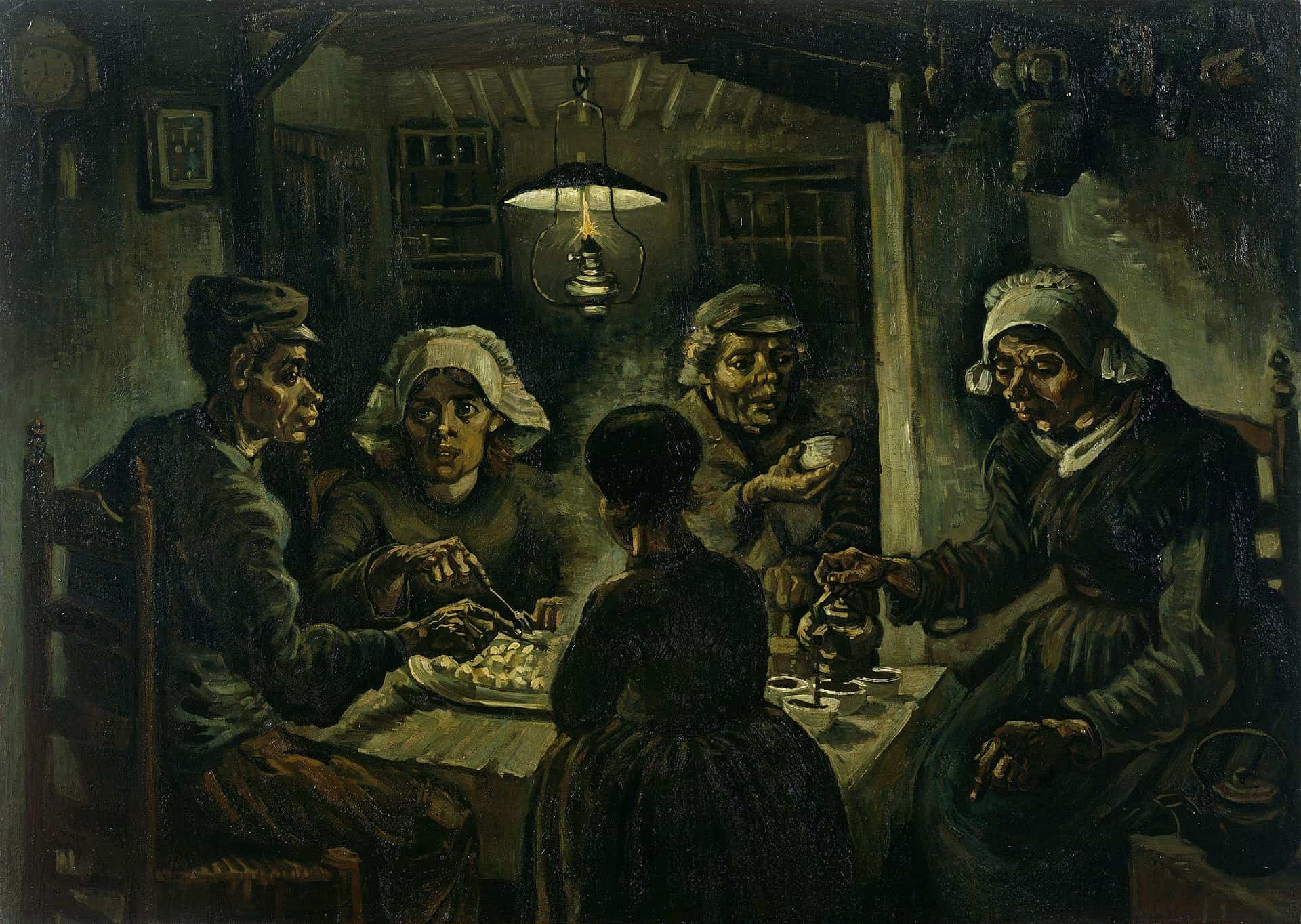
Be patient
In doing so, Brinkhoff warns not to start judging companies purely on the presence of R&D, a trend that now seems to be emerging because of resistance to the landscape being degraded by huge warehouses. “A company that wants to come to Europe from America or Asia does so because they see opportunities in the European market. Logically, the first step is a sales office or a logistics center. They need time to really get that connection to the ecosystem as well. Be patient about that. After a few years, a need will arise to adapt the products to local conditions better. Then, in many cases, service and repair, assembly and production, and eventually, their own R&D will be added. We should not make the mistake of turning these kinds of companies away before that stage just because of not setting up a complete production and R&D center right away.”
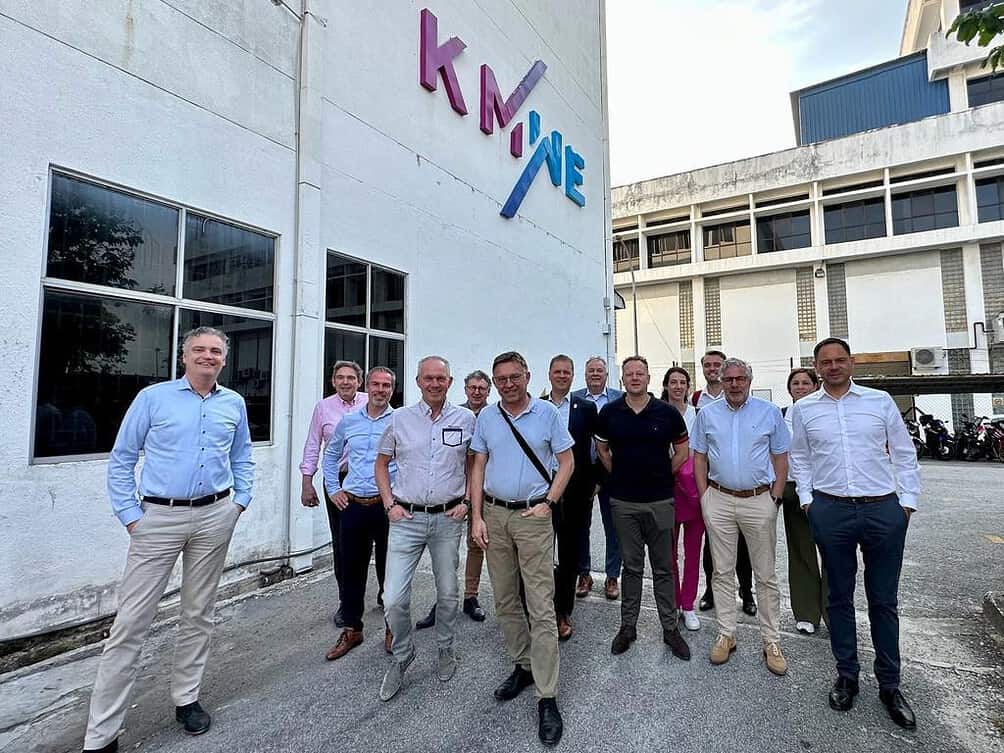
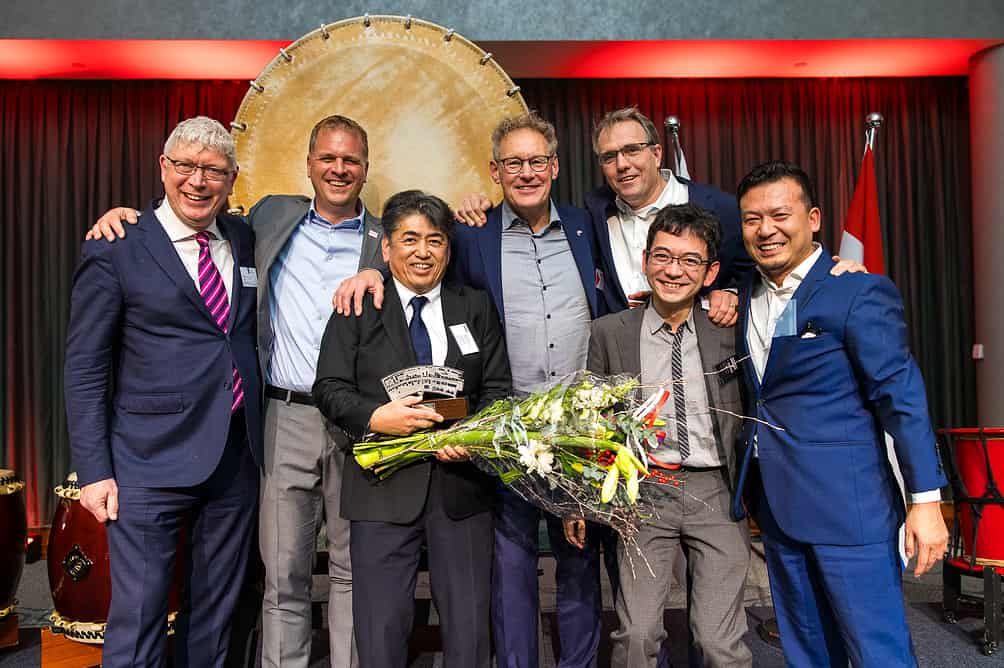
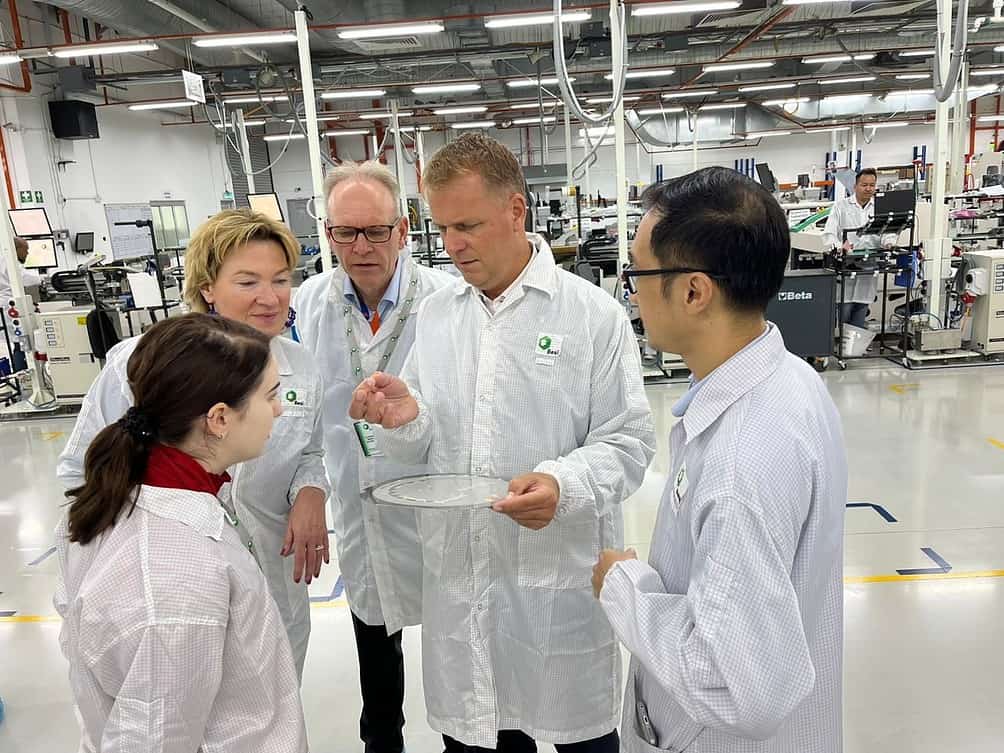
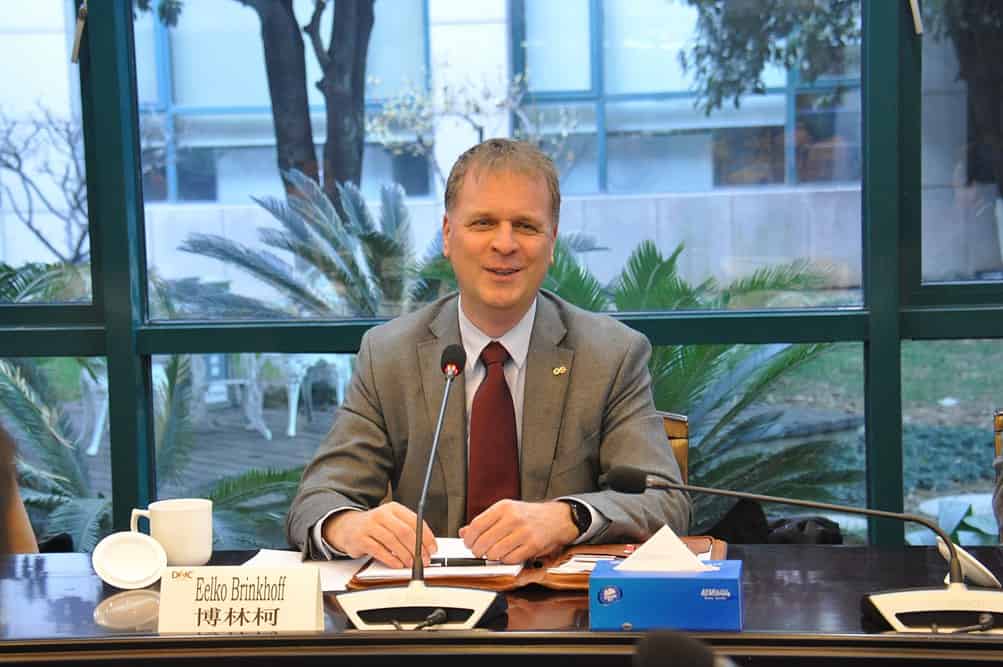
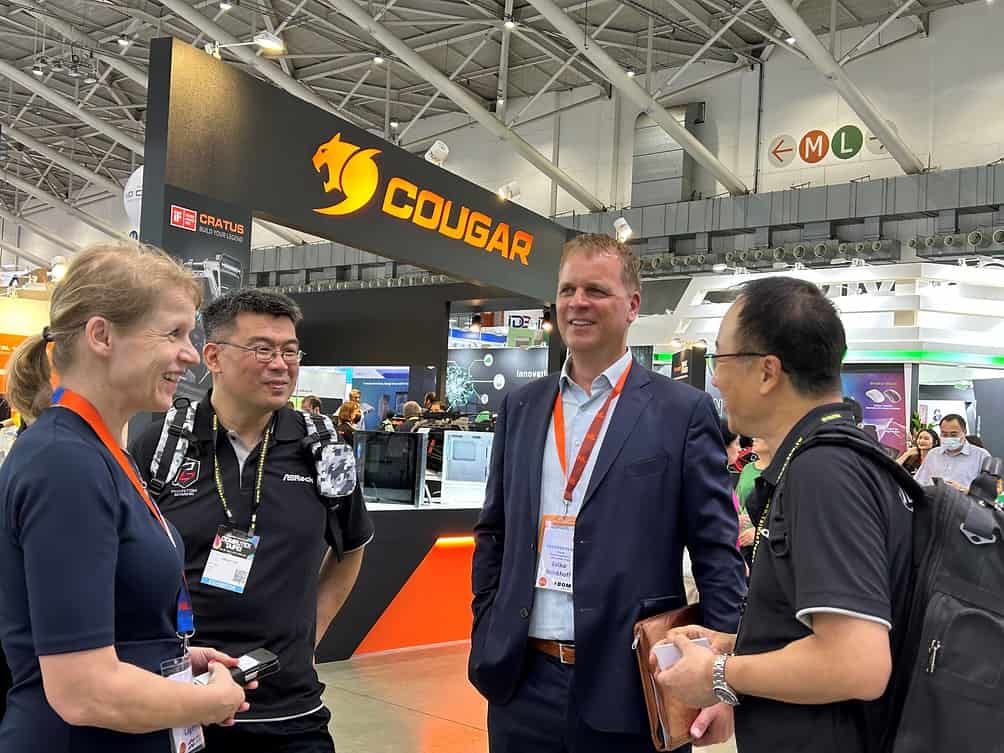
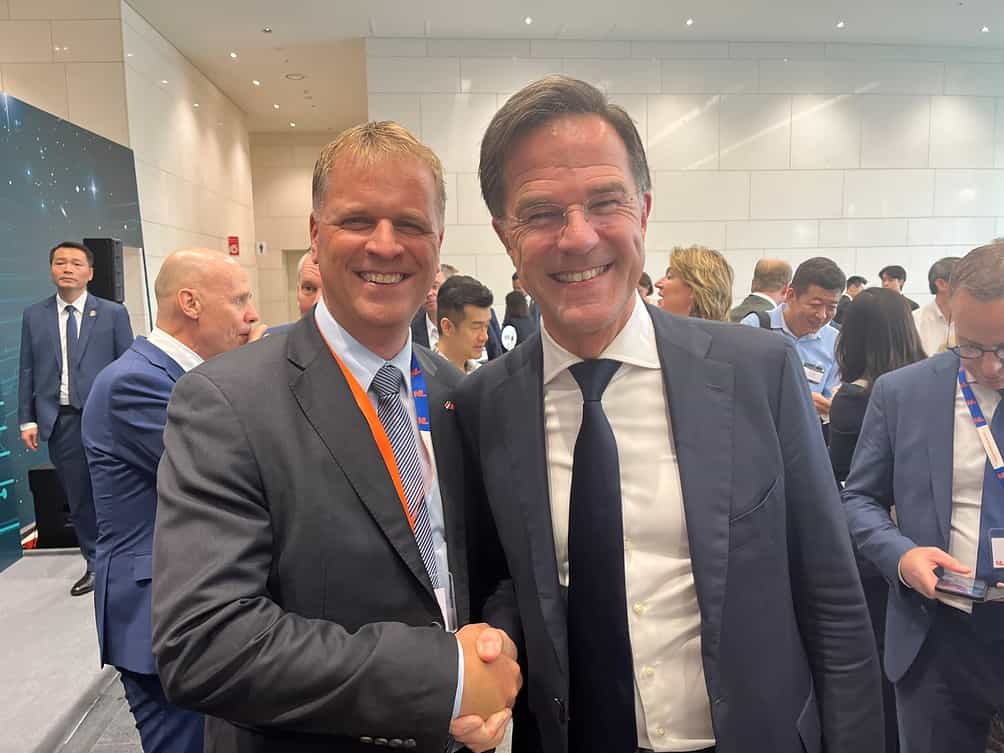
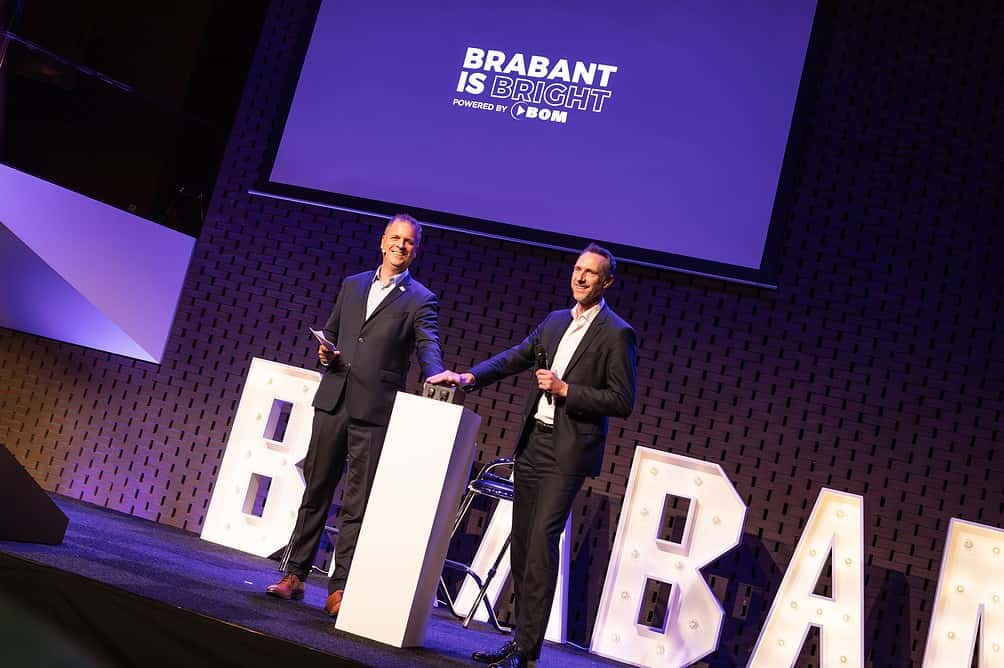
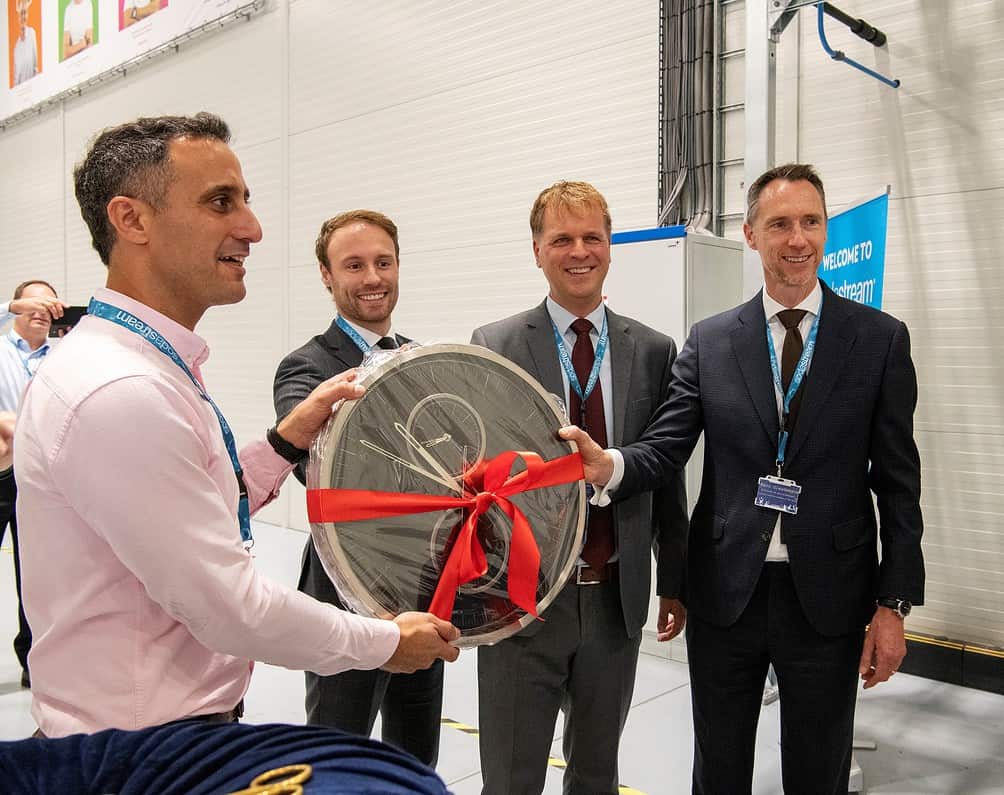
One million jobs
René Buck, who, as founder and CEO of Buck Consultants International, spent years researching location choices, supply chain strategies, and ecosystem development, emphasizes the importance of internationalization. “The Netherlands currently has more than 14,000 large and small international companies. Together, these account for one million direct jobs, or about 20 percent of employment. This is not a nice-to-have, it is substantial, even in terms of the earning power of our country. There is every reason to cherish that, especially when you see the large share of R&D within those companies. Together with North and South Holland, Brabant accounts for the lion’s share. And the BOM still plays a crucial role in that.”
The turnaround in sentiment around internationalization is a thorn in Buck’s side. “The aversion you begin to notice in society toward foreign students and knowledge workers is clouding our view of the importance of these groups. For centuries, we have earned our money thanks to our contacts with foreign countries, so it is not only economically unwise but also does not fit into our tradition to distance ourselves from it now. It was with a reason that we recently heard the cries of alarm about the business climate from VNO-NCW, from Peter Wennink, and organizations such as PhotonDelta and Quantum Delta NL.”

Life cycle
According to Buck, the doubts surrounding the establishment of even more data and distribution centers are understandable. But at the same time, he endorses Brinkhoff’s fear that start-up companies that need space are now too quickly viewed negatively. “Every company has a life cycle. You start small, then set up distribution, and only later is there a need for specific adjustments at the local level. We shouldn’t break that cycle, businesses should be supported even in their infancy.”
According to Buck, all this shows that the world is really changing for acquisition managers. “You could say that Eelko Brinkhoff is leaving this world at a tipping point. A tipping point where from himmelhoch jauchzend over foreign companies, we are now going the other way in the debate.” But fortunately, there is no reason yet for “zum Tode betrübt,” to finish the German saying. “No, given the strength of Brabant, this new scarcity can also be used as a new strength.”
Transitions
For BOM, that means sharper choices either way. One just can’t approach all the companies first and then say no to them after finding out there is no space after all – or no connection to the electricity grid. So the acquisition managers will have to become more selective in their approach, Buck emphasizes. “Does a company need 15 acres? A lot of energy? Or 500 engineers? Then it won’t work in the short term; we must come to terms with that now.”
But what can be done to make the acquisition process successful in these changed circumstances? “By searching more specifically. For example, by focusing on the sectors that Eelko Brinkhoff also mentions, or by putting your effort entirely in companies that support social transitions.” There’s a consequence to such a choice, though: it means an end to the big numbers with which BOM could boast year after year, Buck concludes. “Well, Eelko’s successors will have to come up with different press releases.”





